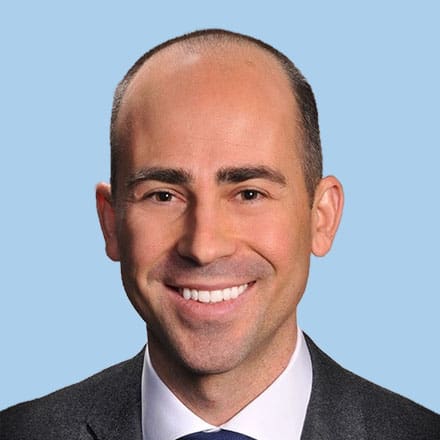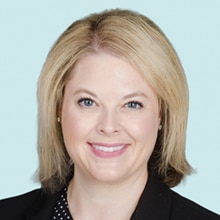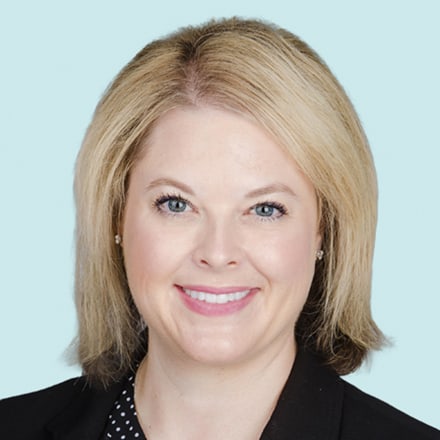Inside Angle
From 3M Health Information Systems
Three questions with Dr. Travis Bias: Capture to code: How technology can help soothe burnout
I sat down with 3M Health Information Systems Chief Medical Officer of Clinician Solutions Dr. Travis Bias to discuss what capture to code really means and how technology should help extinguish (or at least lessen) burnout.
One of the phrases we use at 3M HIS is “capture to code.” Can you explain what it means and why it’s important for our clients?
There are so many different companies and potential partners working on different parts of the health care puzzle. Which is awesome; we need different people with different perspectives challenging each other to innovate for the various fragments of the health system. But what a lot of organizations are looking for, and as a family medicine physician, what I’m looking for, is one partner that pulls all of the disparate pieces together.
We all want to work as efficiently as possible and get reimbursed accurately for the care we provide to individual patients and the populations we serve. When you chop up those individual pieces, there is more potential for inefficiencies and errors. But if we put all the pieces together so that clinicians can capture documentation completely and accurately, transfer that into a clinically meaningful patient record, and get accurately reimbursed for that care … we all win!
3M HIS has a strong foundation in clinical documentation integrity (CDI) and coding, so by adding in the powerful clinician-facing components with M*Modal, we’re enabling a more accurate, complete capture and record. It reduces cognitive task switching on providers and isn’t disruptive to their natural workflows.
Cognitive task switching and the brain power it requires is a great segue into burnout. It isn’t just a buzzword. It’s an epidemic and something that 3M HIS takes very seriously. So, how can a capture to code approach help to reduce administrative tasks that are a major contributor to clinician burnout?
There are all sorts of clerical and administrative tasks that distract physicians from doing what we want to do: take care of the patient in front of us. And, frankly, it’s the population in our community that we’re serving. It seems like we’re expecting more and more from our clinicians, which in turn requires a great deal of documenting and clerical work. Without the right technology, that work has to happen at a later time, which serves as a distraction from taking care of our patients.
We live in the year 2023. Clinicians expect technology to be able to take care of mundane and repetitive tasks. Every other industry has a slick app that takes care of your task, and you move on. Health care isn’t there yet. One of the major pieces of physician burnout is we go through more than seven years of education and training to click boxes in an electronic health record (EHR), answer simple questions, or satisfy simple tasks that really could, and should, be automated from previous charting. Some of the younger doctors entering the workforce are horrified to learn that we still use antiquated technology, like fax machines. Something that we shouldn’t be doing in 2023! These tasks clutter up our day and force us to spend time and energy on things that don’t directly correlate to the patient sitting in front of us.
With that said, another component of burnout is that physicians and organizations want to be appropriately paid to take care of their patient populations. That’s why we jump through the hoops that we do, but there are so many tasks that pull us in so many different directions that we don’t have the time to really dig into the root cause of why the patient came to see us in the first place. These tasks don’t add value to the patient-physician interaction. We simply want to do what we’ve trained to do and not have our day sidelined by tasks that technology should be taking care of.
Burnout is real. And honestly, I think it’s getting even worse. We’re all strapped for resources, from nurses to coders. I think that the goal of technology should be to free up the time for doctors to do critical thinking and synthesis of complex information. This is what they have trained to do, and the more we clutter their workday with low value tasks, the less time they have to spend on taking care of complex patients and complex populations. This not only adds to burnout, but it’s also a negative for employers who are paying for this health care. And more importantly, it takes away from the care patients need.
Speaking of limited resources, we’re facing a workforce shortage, margins are tight coming out of the COVID-19 pandemic, and we’re dealing with the current tripledemic. How can this capture to code concept help manage some of those challenges?
The capabilities in technology have just exploded over the last five years. Front-end speech recognition, the ability to use speech to enter narratives into the EHR, has made a notable impact on the accuracy and speed with which we can document and navigate the EHR. When you combine that with natural language understanding (NLU), we can mine the patient narrative for information that can help with more accurate coding. This technology is starting to take away the “check boxes” tasks. As a solo physician, I’m trying to do the best I can to document ICD-10 codes, and NLU technology certainly helps with the more complex coding cases.
Coding accuracy goes back to what I mentioned earlier about being a mental drain on physicians and how it relates to burnout. If something isn’t documented correctly the first time, we get a message days, or sometimes weeks later, then we have to go back to the record and try to remember the conversation with the patient and enter in additional documentation. Or worse, we receive a denial for care that we provided, but because of a documentation deficiency, we weren’t appropriately reimbursed for it. These micro-interruptions during the day can be so disruptive to a physician. It clutters our brains and thought process, and it truly becomes taxing on our mental health.
The ability to have the technology, either through NLU or ambient clinical documentation, to take that burden off the physician so they can truly focus on the patient interaction, knowing that the relevant information is being captured by the system, is a true weight off a provider’s shoulders. This not only helps retain top talent, but it also helps organizations operate more efficiently.
Dr. Travis Bias is a family medicine physician and chief medical officer of clinician solutions at 3M Health Information Systems.
Kelli Christman is marketing communications manager at 3M Health Information Systems.




